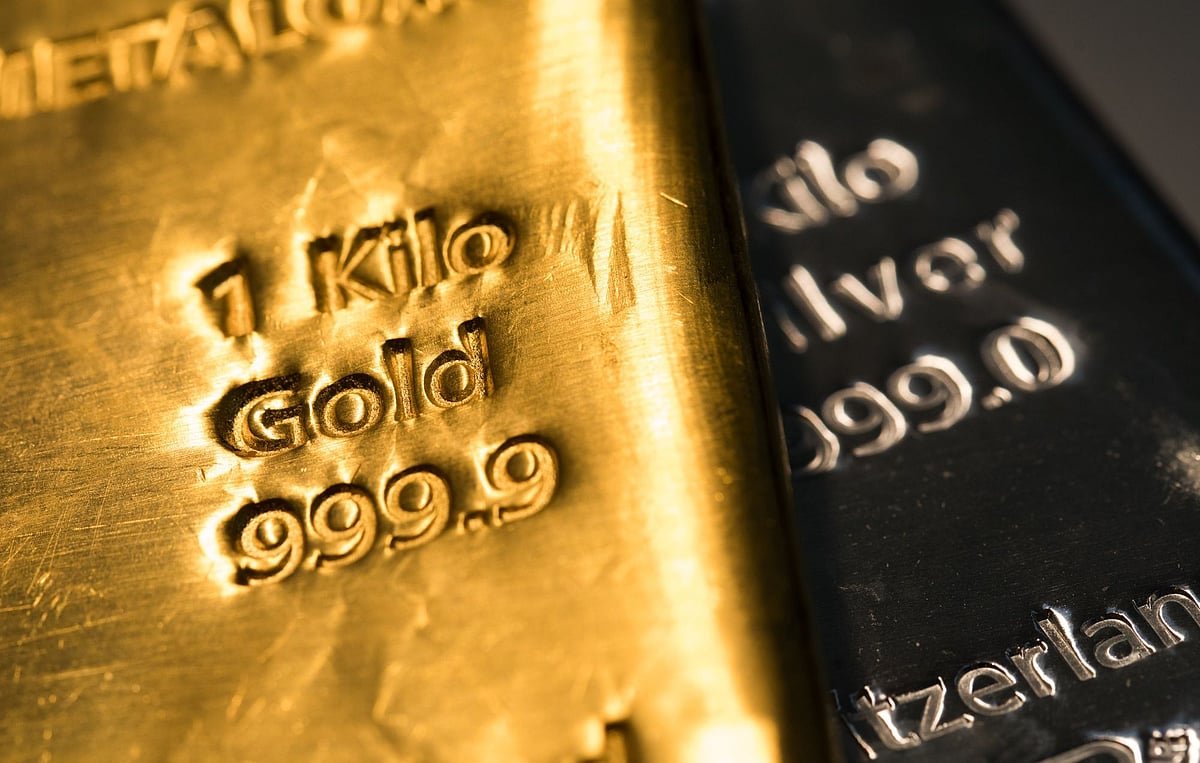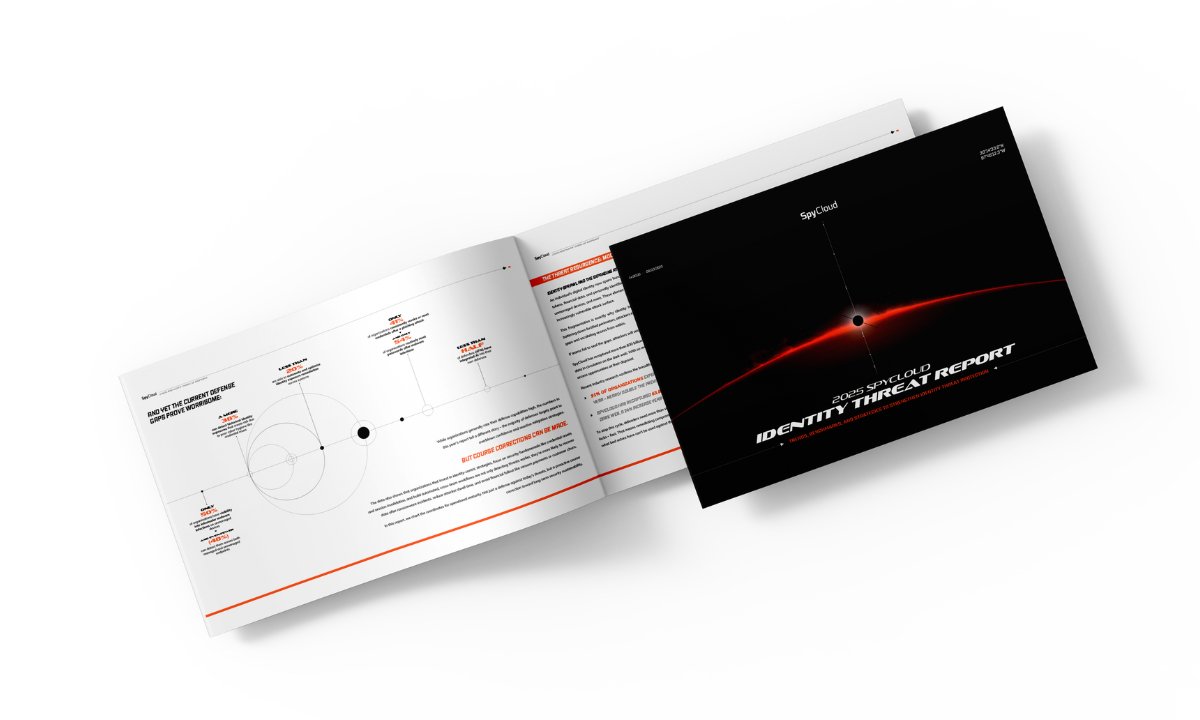The pullback brought an abrupt halt to rapid advances that have been underway since mid-August. The so-called debasement trade, in which investors avoid sovereign debt and currencies to protect themselves from runaway budget deficits, and bets the Federal Reserve will make at least one outsized rate cut by the end of the year have been the main drivers in recent months. Gold is still up almost 60% this year.
“It could also be that people thought — what the hell, most of us are long and at great averages, so it’s a good time to take profit,” said Nicholas Frappell, global head of institutional markets at ABC Refinery in Sydney.
President Donald Trump’s aggressive moves to try and reshape global trade and heightened geopolitical uncertainty have underlined the move higher in precious metals this year. Central banks keen to diversify away from the dollar have kept buying bullion, while there’s also been flows into exchange-traded funds as retail investors tried to get in on the rally.
That’s pushed gold’s 14-day relative strength index into overbought territory for most of the time since the beginning of September.
Citigroup Inc. cut its overweight gold recommendation after the slump on Tuesday, citing concerns about stretched positioning. The bank expects further consolidation around $4,000 an ounce in the coming weeks, strategists including Charlie Massy-Collier said in a note.
“Eventually the older part of the gold bull story — continued central bank demand to diversify away from the US dollar — may come back, but at current levels there is no rush to position for that,” they wrote, adding that prices had “run ahead of the ‘debasement’ story.”
The declines also came as investors weighed potential progress in talks between the US and China, following a recent resurgence in tensions that had bolstered demand for haven assets. Trump on Tuesday predicted an upcoming meeting with Chinese President Xi Jinping would yield a “good deal” on trade — while also conceding the talks may not happen.



